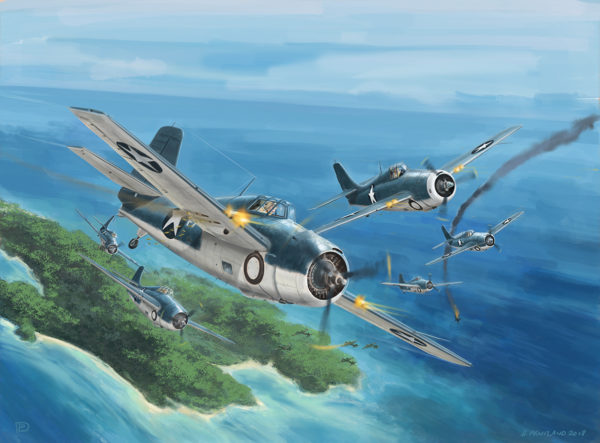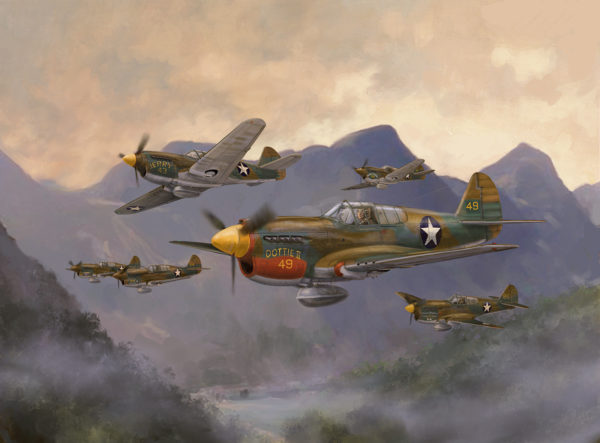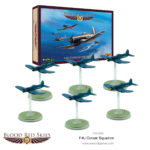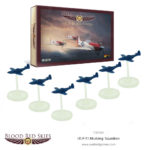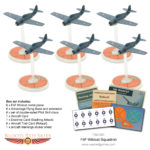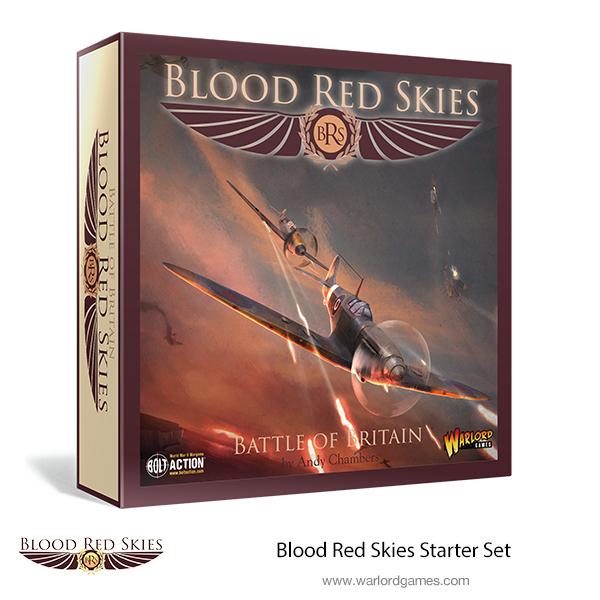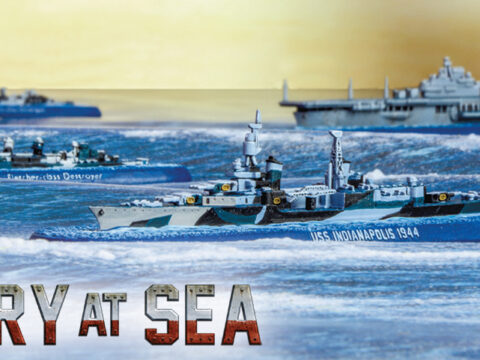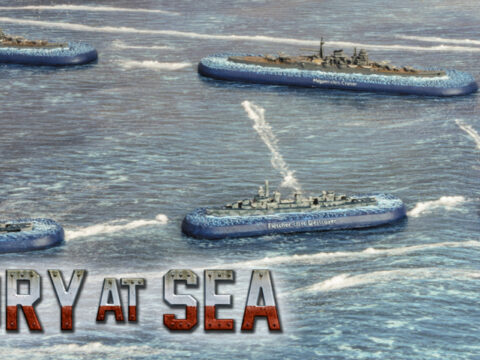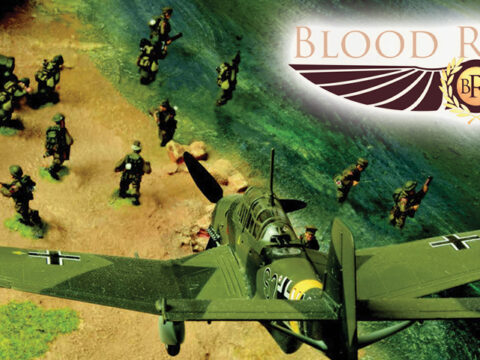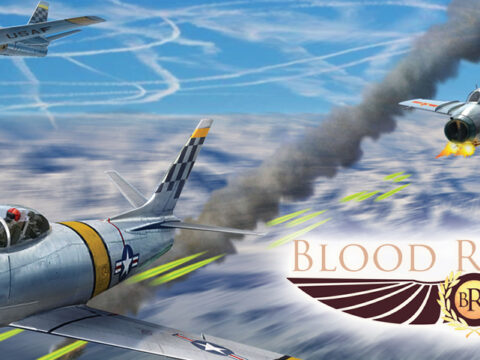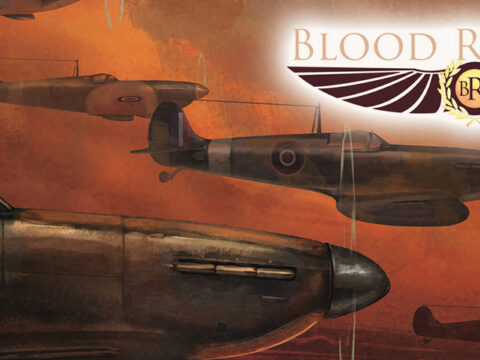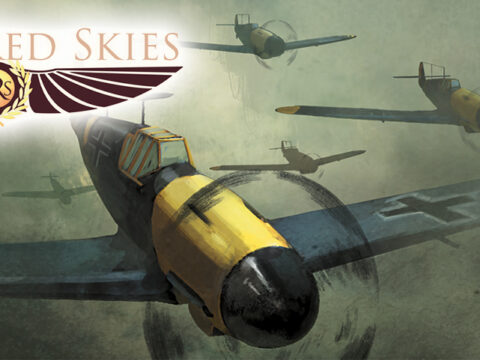Dive back into Blood Red Skies with a brief look at the United States Army Air Force and the US Navy! Fight across two oceans in defence of Freedom!
Unlike the British, Germans and Soviets, the United States did not have a separate air force. Instead, aerial combat was handled by the doughty pilots of the US Army Air Force and the US Navy. Both branches would see some of the most intense fighting of the war, both in the European and Pacific theatres. By the end of the war, the Army Air Force had become virtually independent from its parent organisation and became the US Air Force in 1947.
Before the surprise attack by Japanese naval aviation at Pearl Harbour in the winter of 1941, the US Navy had 8 carriers, 4,500 pilots and 3,400 planes. With this formidable fighting force, it would chase the Japanese back and forth across the Pacific ocean, skirmishing over uninhabited atolls and vast tracts of the open ocean. While the US Navy had a numerical advantage, the sluggish F4F Wildcat proved to be inferior to the lightning-fast A6M Zero.
“I have never been brave, but most of the things for which I had been given credit for bravery were nothing but daredevil stunts. I was trying to build up my own ego, trying to imitate the bravery of people I had read about or had been told about in the years gone by.” – Gregory “Pappy” Boyington
The US would supply aircraft and pilots to the other allied powers, both officially (as part of the lend-lease program) and unofficially – many airmen saw service during the Battle of Britain in the iconic Eagle Squadrons or in the Far East as part of the ferocious Flying Tigers.
On the western front, flights of Mustangs darted ahead of lumbering B-17 bombers, escorting them safely to their targets in occupied Europe. Air Force strategists would develop the interlocking “bomber box” formation, designed to maximise the B-17’s prodigious defensive firepower and provide mutual support to other members of the formation. Determined to break up the bomber boxes, the Germans resorted to using rudimentary guided missiles, unguided rockets co-opted from the ground-based Nebelwerfer and almost suicidal tactics to bring the ungainly aircraft down.
In 1945, the nascent US Air Force and it’s Navy counterpart was one of the largest air forces in the world, supported by an industrial giant of peerless capacity. US Army Air Force bombers would deliver the knockout blow to Japan, dropping two atomic bombs from their B-29 Superfortresses.
Notable Aircraft
- F4F Wildcat
- P-40 Kittyhawk
- P-51 Mustang
- P-38 Lightning
- B-17
Notable Pilots
- Gregory “Pappy” Boyington
- Joseph J Foss
- George Preddy


